Halton Mill
Designing a community first approach to co-working
Premise
Halton Mill approached Lancaster University for graduate design managers willing to improve their business model and revenue through structured service design methods. As part of the team designing for social entrepreneurship within the defined co-working space of Halton Mill, this project aimed to be the basis for inspiration into the enhancement/improvement of the co-working environment present at the time at Halton Mill. The month long project involved a series of stages of exploration and analysis to understand client and community needs and offer varied term solutions for co-working in the Lancashire countryside.Challenges
- How can the co-working experience provided by Halton Mill be improved?
- Establishing long and short term objectives and goals to increase Halton Mill’s contribution to community and returns on investment.
Methodology
- Research through Design
- Service Design
- Human Centred Design
- Co-Design
Background
Co-working spaces are shared workspaces that can provide potential benefits in an uncertain economy. They are spaces where telecommuters, freelancers, and others without a regular office can anchor their workday providing them a professional environment from which to conduct business. Halton Mill is a co-working facility in the village of Halton, Lancaster, near the river Lune. A historical industrial building built in the late 19th century, it’s been home for different kinds of manufacturing from woodcraft to mechanical elephants and percision aircrafts!

Established as a community based working and learning experience in an ecofriendly environment the building has been eco-renovated incorporating a new roof, windows and insulation. A project of Lancaster Cohousing and managed by the Green Elephant initiative, they provide a number of services related to co-working from rentable spaces and tenancy options to desk space available for temporary or permanent use.
Stakeholders were well aware of the Mill’s presence and history and used it for its marketing, but what it lacked was deep engagement with the local community and reach to non-local clients.
 Project timeline and allocation of planned activities over different phases of research, analysis, and execution.
Project timeline and allocation of planned activities over different phases of research, analysis, and execution.Phase 1
To begin the project of compiling a potential business solution for Halton Mill a primary investigation was conducted to observe the workings and structure of the facility. In addition, in order to learn from other co-working concepts different case studies of established models were explored.Observations
Research began with us observing the Mill and its tenants. Throughout several visits we realised the space to be quiet, inactive, and dim. Limited lighting in the corridors and a homebrewed sustainable aesthetic gave off a stagnant vibe. Furthermore, because of the geographical location very few people were aware of the Mill. Though the quiet environment appealed to some the lack of clientele meant a present difficulty in immediate access to research participants.
The facility had a boxed in layout ideal for manufacturing or storage, though not necessarily ideal for most co-working setups. This became apparent after further case study research.
Case Studies
To have a point of reference for designing Halton several case studies were explored from established co-working setups to fresh start-ups. Some spaces distinguished themselves by offering open floor plans or extra facilities for their tenants, while others provided lucrative models for different manner of tenants and even unique geographical benefits such as access to public transport.

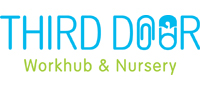





Primary Research
A number of design research methodologies were then employed to understand Halton Mill further. This included but was not limited to:- Evaluating current business model and structure
- Understanding the Mill’s offerings and stakeholders
- A detailed SWOT analysis, and
- Establishing a unified design direction that incorporated income, exposure, and synergy for Halton Mill.
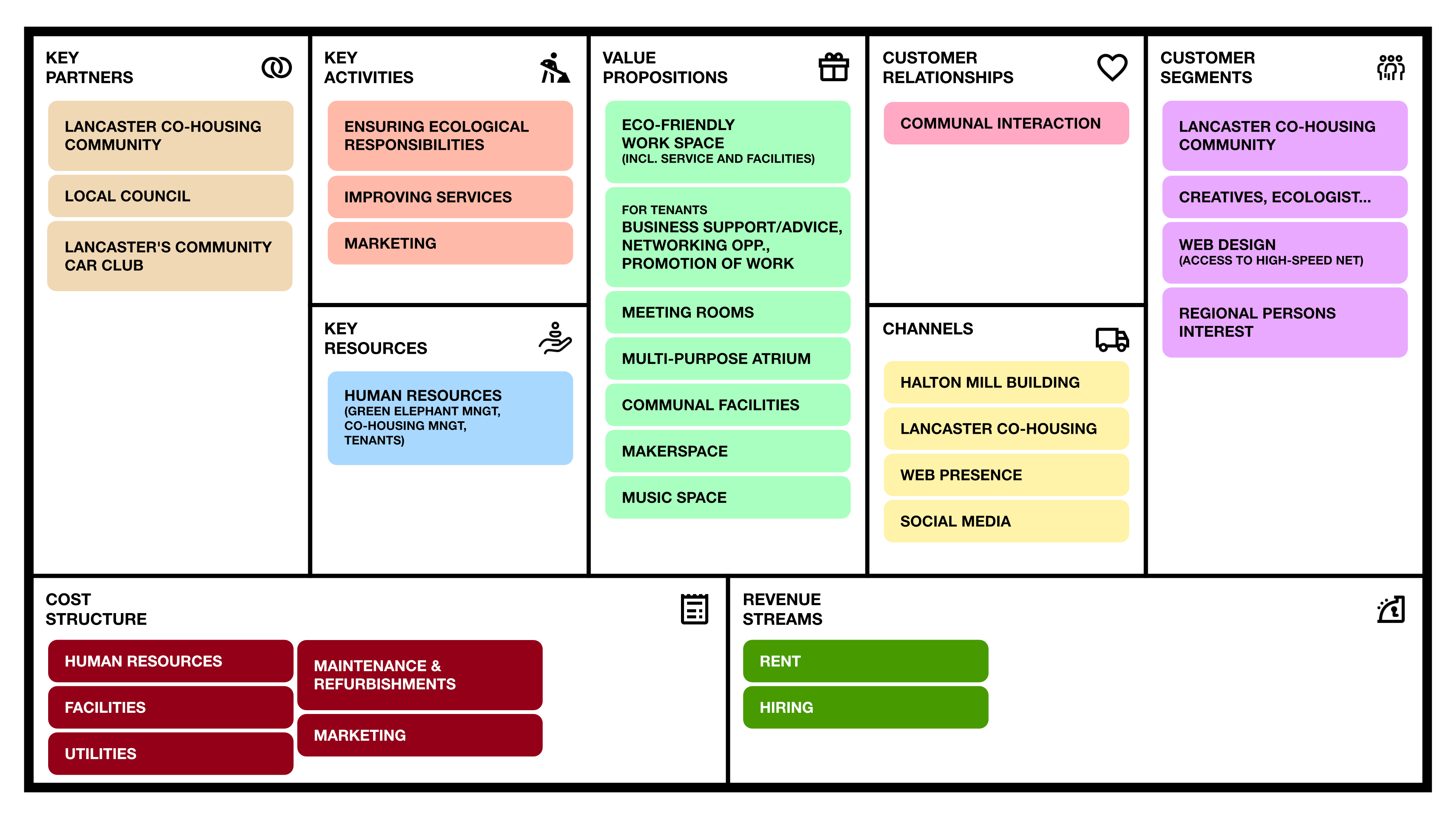
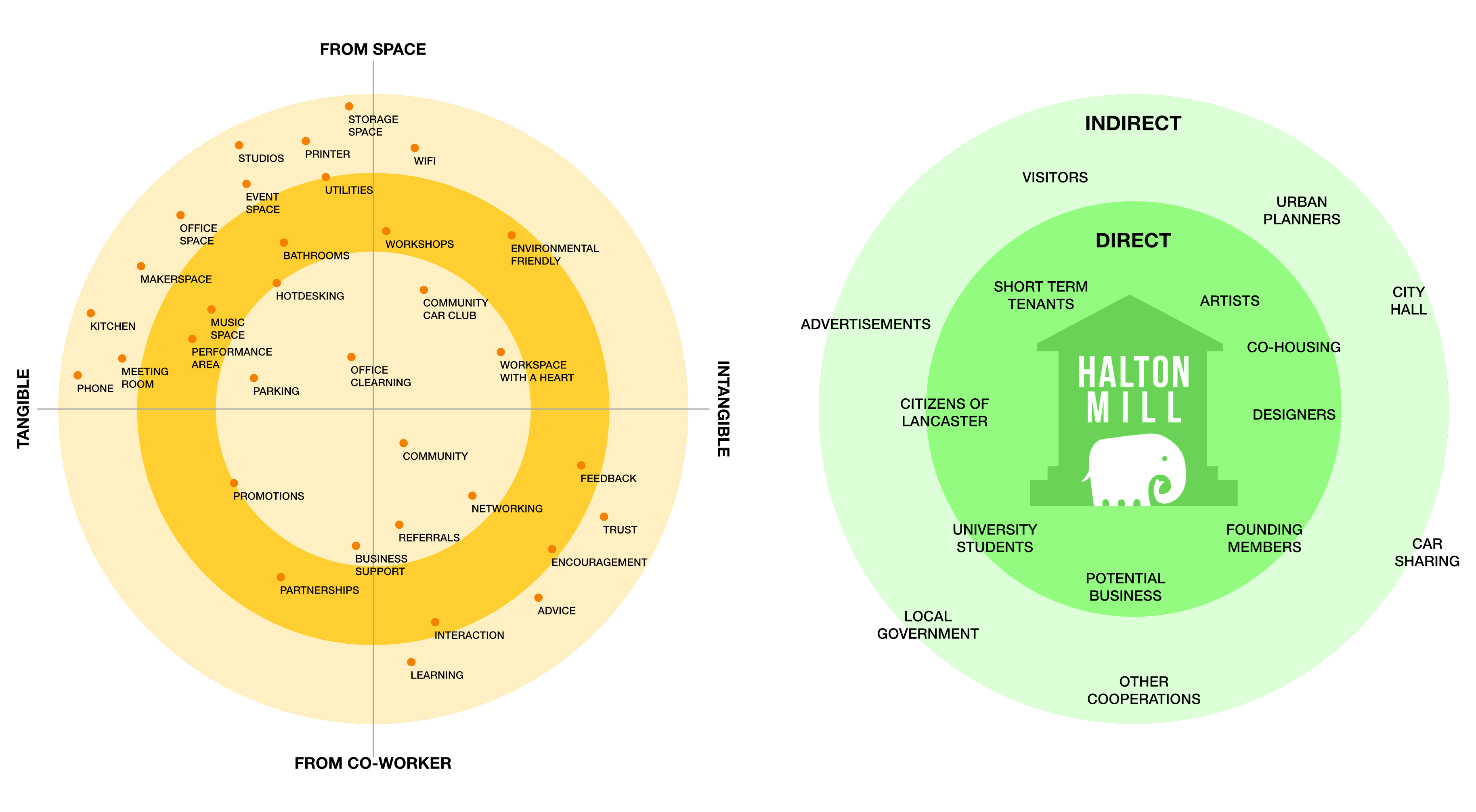

Phase 2
The second phase involved extracting further insights into the facility from perspectives of the actual ‘users’ of the space. Different methodological approaches were established to understand this starting with creating Personas for types of users. The second phase also incorporated Journey and Empathy Mapping to understand where the user’s felt the Mill could improve, and where it worked best for them.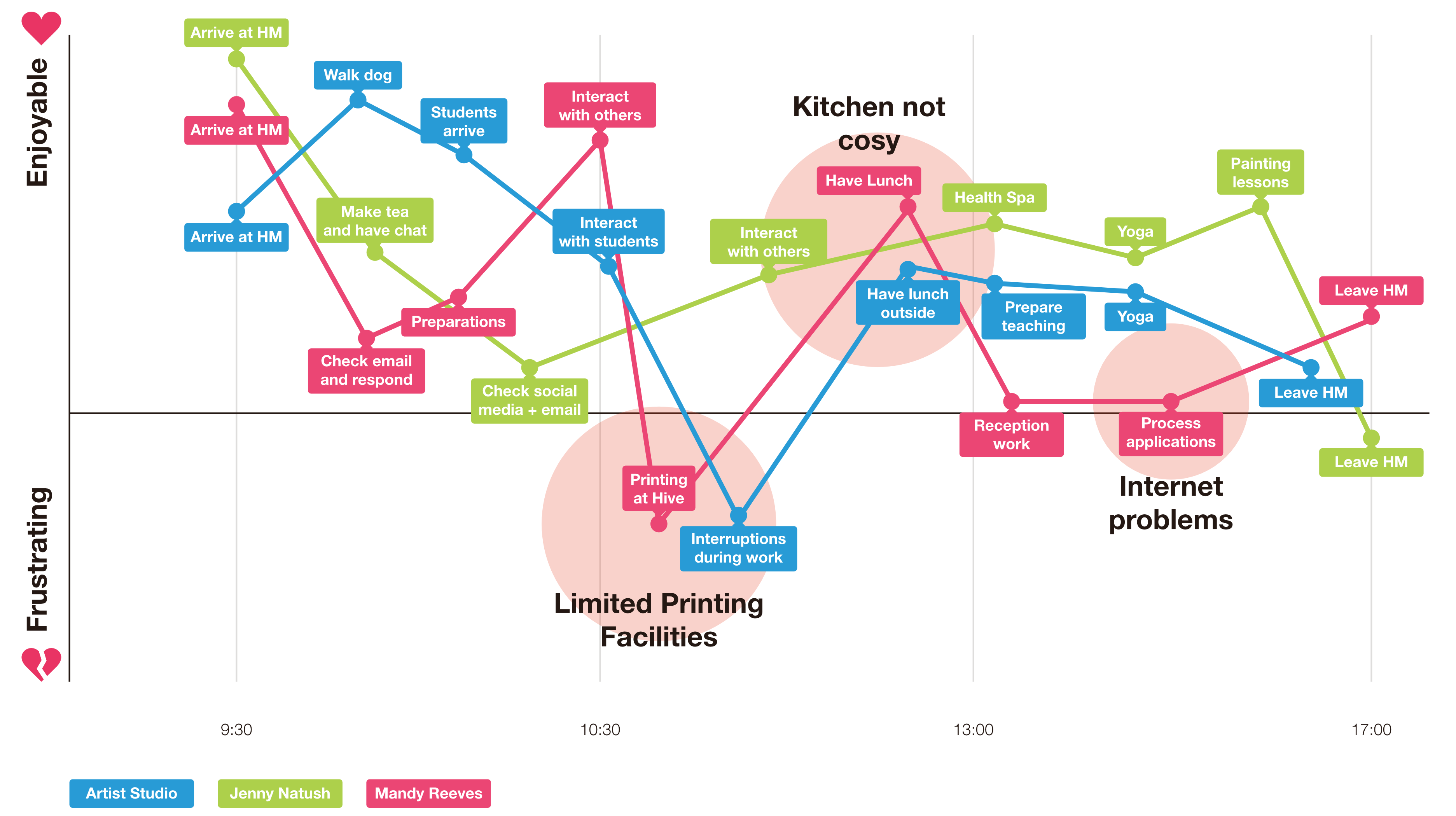
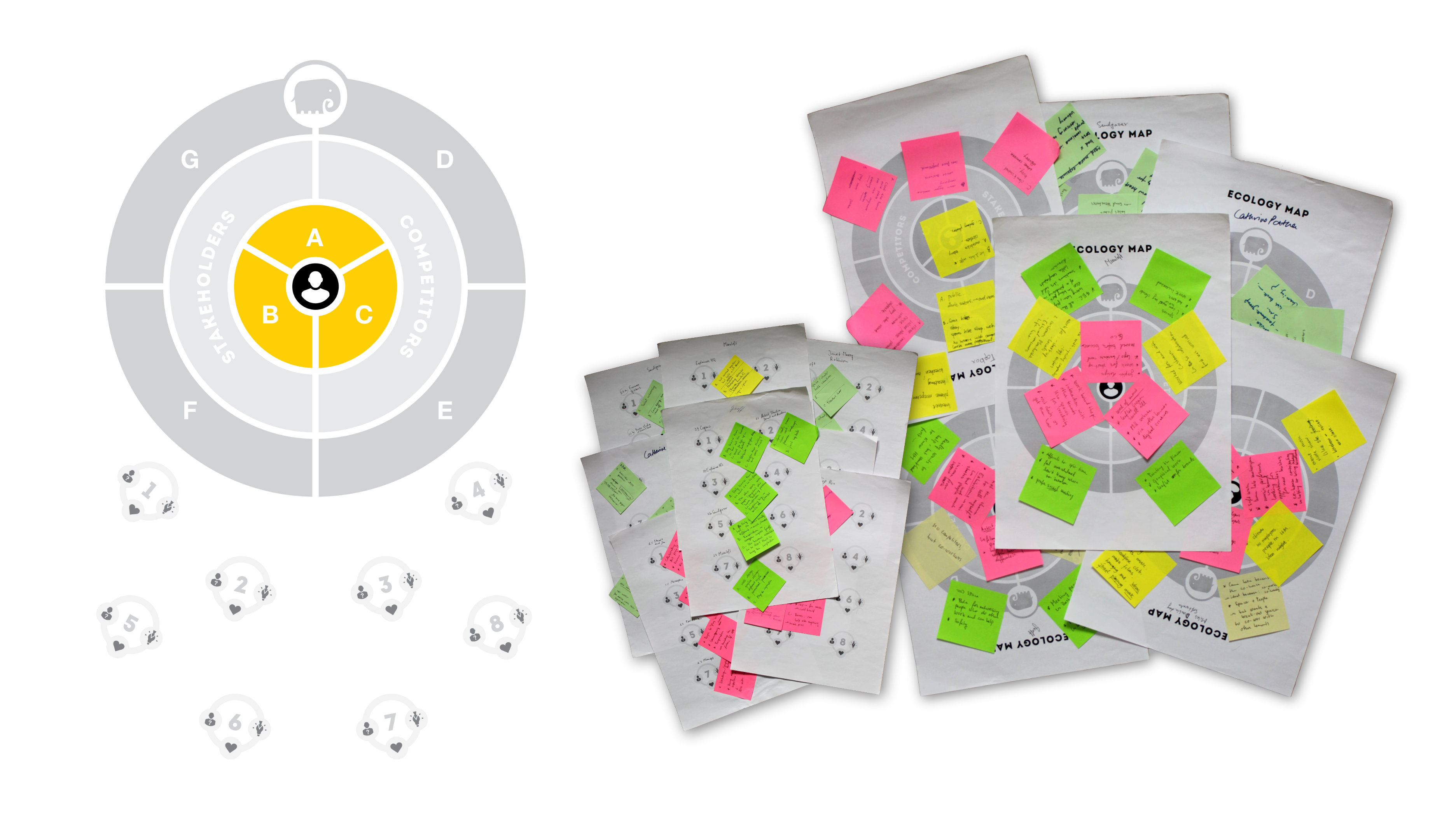

Phase 3
The communal aspect of Halton became more clearer after these studies and observations. To formulate specific solutions that gelled best with the significance of Halton Mill, the village, and the needs of the tenants a co-design session was facilitated around a card game.The playable workshop was designed specifically for Halton to serve as an intermediary between design methods/concepts and potential solutions/directions for consideration. Participants were encouraged to be creative, bold, and open to any ideas they had to faciliate diverse perspectives.


This was finally followed by an analysis and report that held key findings and information for future movement Halton Mill should consider to enhance its position in Lancashire as a unique community focused co-working hub.
Solutions were multiple and ranged between short and long term along with budgeting and expansion details. As this was solely a consultation project final deliverables were presented as mock ups which suited best for their needs. Halton Mill having their own design and development department carried on our findings and have been exercsing them since.
